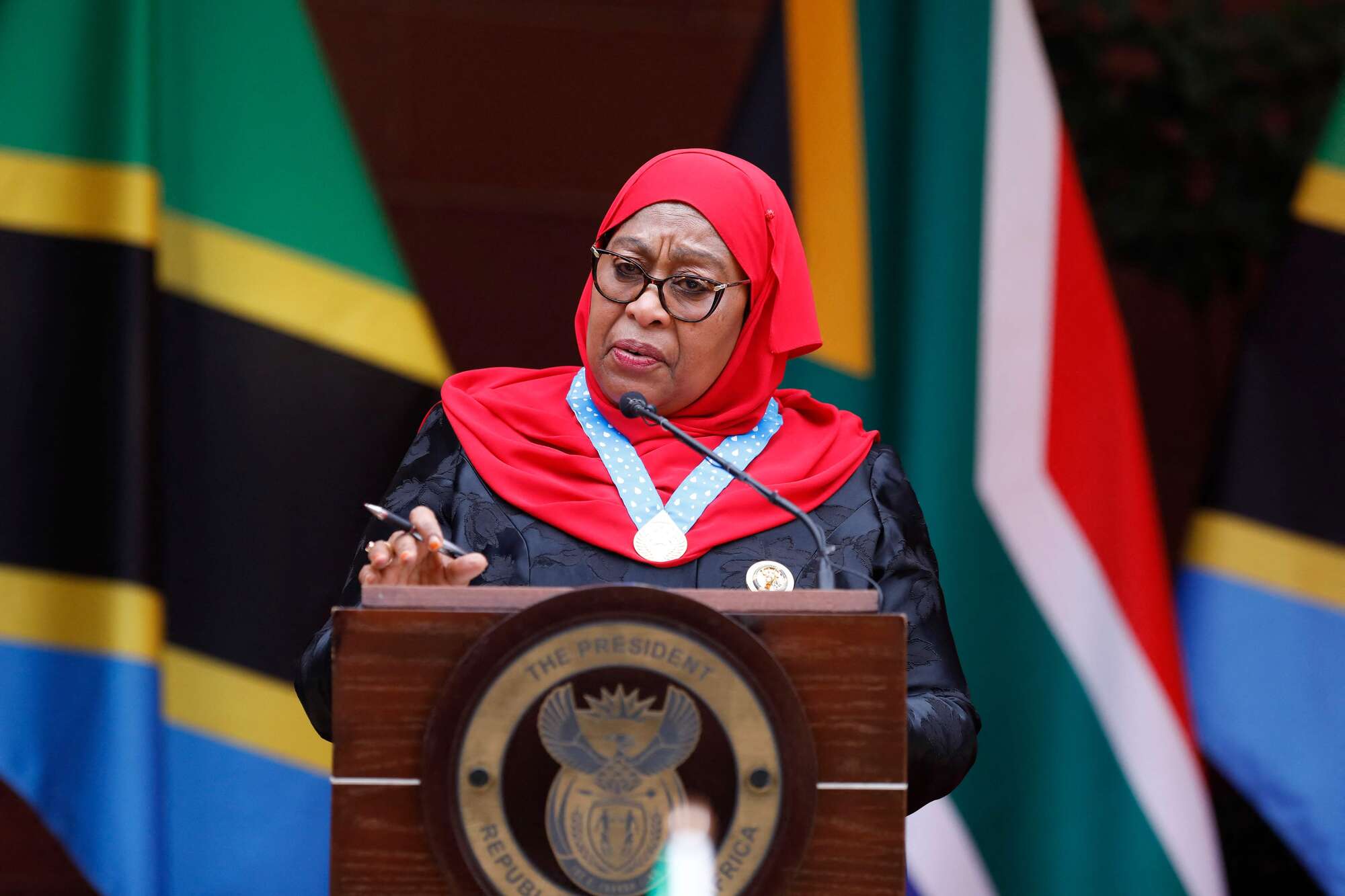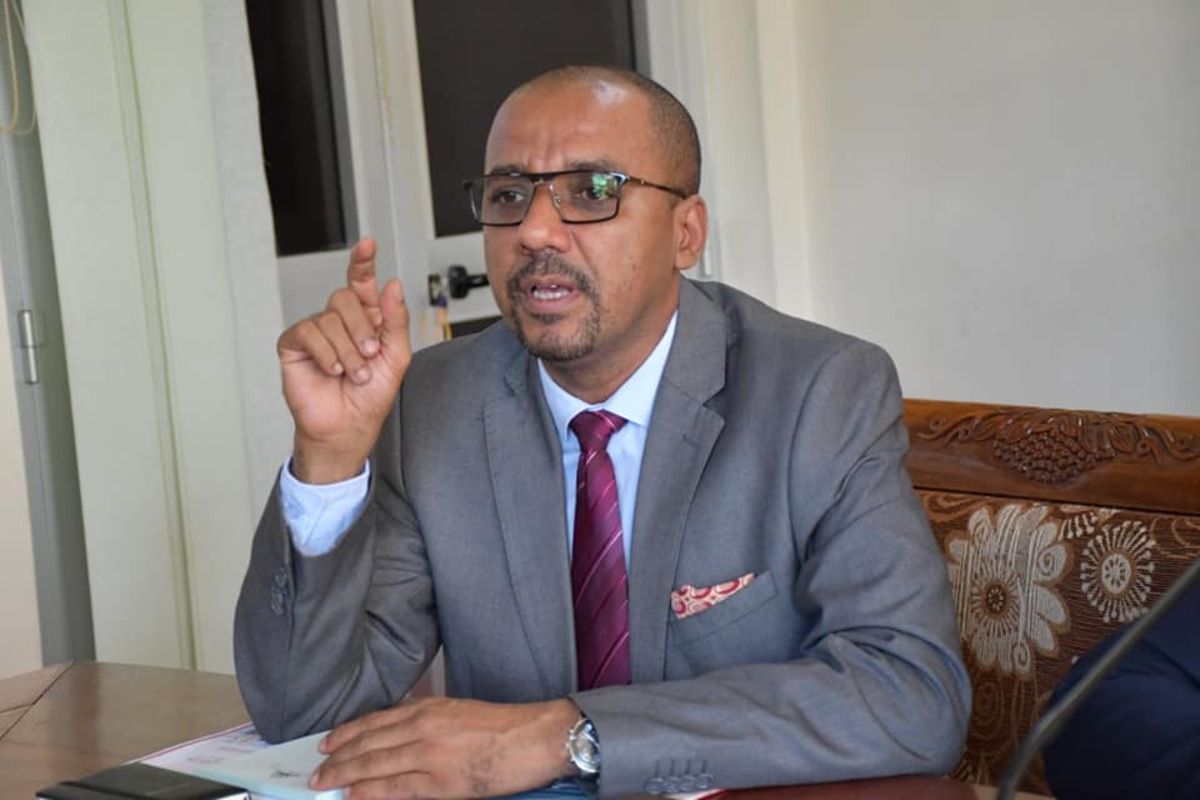Moro/Dar/Dodoma. The desire for a bigger and curvy butt among women has always been there and the number of those wearing fake butts is on the rise.
While data on such acquisition and cosmetic surgery is notoriously slippery, there is no doubt that there is a rise in what some describe as the ‘fatal attraction’.
In a visual and virtual culture, with a global beauty ideal emerging, the pressures to be perfect are overwhelming.
But what is the motivation behind this craze? And the answers seems to be obvious – men!
Psychologists and gender experts, however, say low self-esteem, peer pressure, social media, and globalisation are some of the reasons that influence women to prefer to wear fake butts.
Even then, there are some who believe it is wrong to blame women for what they do or what they don’t do when it comes to beauty because insisting that ‘it’s what’s on the inside that counts’ is just a lie because it is mentality that has been created over time .
Yesterday’s article centred on the magnitude of the business and opportunities for businessmen. Today, we focus on what influences women to wear synthetic body parts.
During a survey by The Citizen in two regions, women and men opened up on reasons that influence them to wear fake butts (Vigodoro).
Many said they do it to improve their aesthetical value which attracts men.
A resident of Boma Road Street, Morogoro Region, Ms Semeni, admits she worn a fake buttocks for the first time at her wedding in 2021 on the advice of her friends.
She says it wasn’t such a comfortable experience.
“Before making the decision, I informed my fiancé, who is now my husband, and he laughed at me and asked me why women lack confidence. I felt very embarrassed,” she said.
According to Semeni, her husband has always teased her about the fake butts.
“Though it was a joke, as a woman, I felt humiliated by that. I remember I left that dress at the hotel and I didn’t even want to take it home, the experience I had on that day was enough.”
Ms Semeni says though she tried to build some confidence, she felt uncomfortable during the entire ceremony, wondering whether people had noticed her augmentations.
“To be honest, I do not advise anyone to wear a fake butt instead, let’s accept the way we are. After all, men have different attractions.”
A bar owner in Dodoma’s CBD, Mr Joseph Josepha, has come face to face with fake butts.
“Nowadays there are many young women who are hooked on the fake butt craze. For example, at my bar, I know three who wear it to attract customers, especially men.”
He said personally is attracted to women with big hips (laughing…) but he loves them for fun not for marriage.
“I am not married but when I come to that decision I will not care too much about the buttocks, I will look for a wife material.”
He adds: “Let me tell you, many men like to see those women with big hips, but few marry them because of jealousy and feeling that other men can easily lure them into having an affair.
Basically, he advises women to be confident with the shapes that they were bequeathed at creation because men are attracted to different things.
He says to some men the relationship would end there and then should one discover his girlfriend has something extra.
“Not everything that happens in Western countries must be imitated by us, I always see women going through many challenges, and sometimes we men are sources of our sisters to find themselves humiliated.”
A resident of Mji Mpya in Morogoro town, Miriam Mrisho, a resident of Mji Mpya in Morogoro said: “I am wearing these butts and I don’t feel ashamed and my friends know and I don’t care. I know what I am looking for.”
“I have a boyfriend, and he knows I wear those fake butts, we love each other. The problem is that some people like to judge things in a negative way and think that those who wear them are prostitutes. That is not correct, there are women who use cosmetics until their skin changes from black to white, this is just a dress like any other.”
A salon owner based in Area D in Dodoma, Ms Stella Minde said women are facing complex challenges due to the influence of men. She says women sometimes they humiliate themselves just to attract them.
“I met a man who wanted big breasts, mine was small. He was ready to take me abroad for surgery but I refused. The same situation occurred to those who want big butts and lead women to wear fake butts just to attract them. Some women see it as normal, but there is psychological effects and huge sexual abuse,” she stressed.
However, Ms Naifath Kareem from Mazimbu Area in Morogoro said she cannot go out without wearing the fake butts, “I started in 2021 in my friend’s kitchen party, in fact, and it destroyed me psychologically.”
“I remember there was a day I asked my friend to give her butts after mine got damaged but you can see how it affected us. I become a slave to these fake things, my boyfriend doesn’t have a problem, it’s okay for him, although sometimes he gets angry. At the moment I have three types of fake butts,” she said.
What psychologists’ and gender expertise say
Commenting on the issue, Muhimbili University of Health and Allied Sciences (Muhas) assistant lecturer on clinical psychology, Mr Isaac Lema said there are a number of factors that may lead to psychological problems including the way the media give definition of women who have attractiveness.
“So those who do not have these qualities will find ways such as to wear fake products, but the same society may change and look for natural ones, there are also women who have undergone surgery, this will definitely affect them psychologically,” he stressed.
He says another reason is the fact that some women who have failed to accept themselves, and have built low self-esteem which later affects them. “I am afraid in the future we will have a generation that may be using hospital services every time in fixing their bodies and they will not come to the conclusion of accepting their body,” he stresses.
He says in order to prevent women from getting there, women should accept themselves as they are and people help to control the influence of social media,
“This tendency will not end in wearing fake butts and surgery. We should expect more if we don’t control,” he says.
A social worker, Ms Catherine Kishimba, said some people go for fake butts because of their personal choice, while others due to external pressure. “There are also women who don’t wear fake butts at all and believe in accepting their natural bodies without any changes,” he says.
Generally, wearing fake underwear can affect women in various ways in terms of their health, and their self-confidence, and even making them dependent on the opinions of others.
“It is important to educate and motivate women on the importance of accepting their natural bodies and building a good sense of self-confidence regardless of the standards of beauty set by society or the media,” she said.
In addition, in some societies, men may have certain expectations about how a woman should look or how her dress should be in that circumstance women may feel pressured to meet these expectations in order to gain favor or acceptance in their relationships or in society at large.
Supported by Bill & Melinda Gates Foundation















